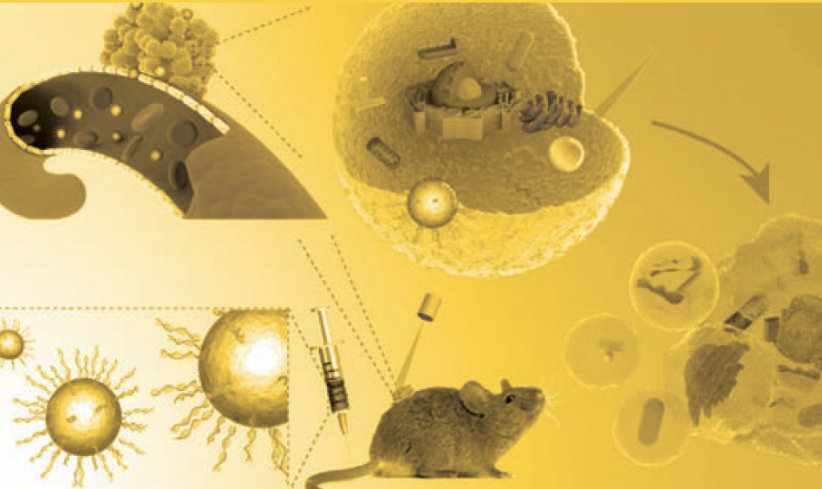The addition of two new, state-of-the-art facilities has remade University Park’s West Campus, creating a new hub for College of Engineering students and a thriving home for education, collaboration, and research. Both the Engineering Collaborative Research and Education Building (ECoRE, pictured here) and the Engineering Design and Innovation (EDI) Building were designed and built—with dozens of Penn State Engineering alumni in prominent roles throughout—to maximize opportunities for high-tech, hands-on learning for Penn State’s largest academic unit.
Ryan Jones '95 Com

